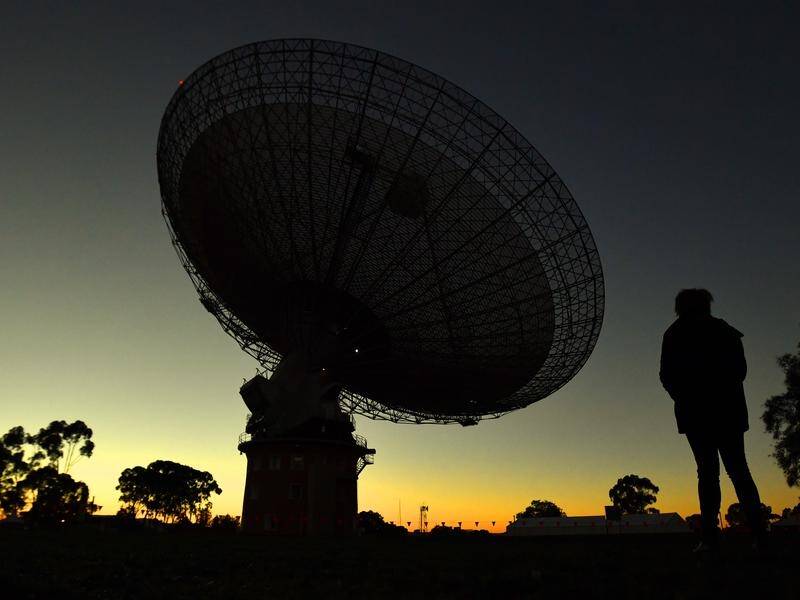
It helped broadcast man's first steps on the moon and was immortalised on the silver screen.
Subscribe now for unlimited access.
$0/
(min cost $0)
or signup to continue reading
Now "the Dish" has been added to the national heritage list.
The Parkes Radio Telescope becomes the 118th site on the list, which will see it preserved and protected.
Environment Minister Sussan Ley said the CSIRO Parkes Observatory helped beam Australian science, technology and engineering around the world.
"It has also shone a unique light on the role of rural Australia and its contribution to scientific discovery," she said on Monday.
Along with NASA's Honeysuckle Creek Station in Canberra, the Dish played a key role in televising signals from the 1969 Apollo 11 mission to the moon.
The scientific feat inspired the 2000 film The Dish, starring Sam Neill.
Science Minister Karen Andrews said the 64-metre telescope continued to play an important role in understanding the universe.
"As Australia again plays a critical role in the next efforts to put people on the moon, and go on to Mars, this listing couldn't come at a more appropriate time," she said.
The telescope has been continually upgraded and is now 10,000 times more sensitive than when it was built in 1961.
Astronomers have used it to find most of the known pulsars, rapidly spinning neutron stars, and identified the first fast radio burst, a phenomenon researchers are racing to explain.
CSIRO chief Larry Marshall said the telescope had the most advanced radio receiver systems in the world and continued to monitor the universe around the clock.
Professor Naomi McClure-Griffiths from the Australian National University spent over 2000 hours observing the Milky Way using the Parkes telescope for the Southern Galactic Plane Survey and the Galactic All Sky Survey.
"Parkes was the very first telescope I visited as a student and it has remained a constant companion throughout my career," Professor McClure-Griffiths said.
"As far as telescopes go, Parkes was my first love - a love that has been kept alive through CSIRO's outstanding instrumentation on this grand icon of radio astronomy.
"Parkes is as much a marvel of engineering now as it ever was."
Parkes Mayor Ken Keith OAM said the community is very proud of the telescope.
"It holds a special place in all of our hearts," he said.
"The telescope has attracted an array of talented staff throughout its years, embedding a base of scientific and intellectual knowledge and culture within our region which has in turn further stimulated a scientific interest within the broader community and inspired our young citizens."
Cr Keith said Parkes' representation in the hit 2000 Australian movie The Dish enhanced Australia's interest in the telescope, and the important role it has played throughout history.
"The telescope has certainly cemented its position as an iconic attraction for not only our community, but has gained worldwide attention, and has been pivotal to the growth of the Parkes Shire visitor economy," he said.
With Australian Associated Press

